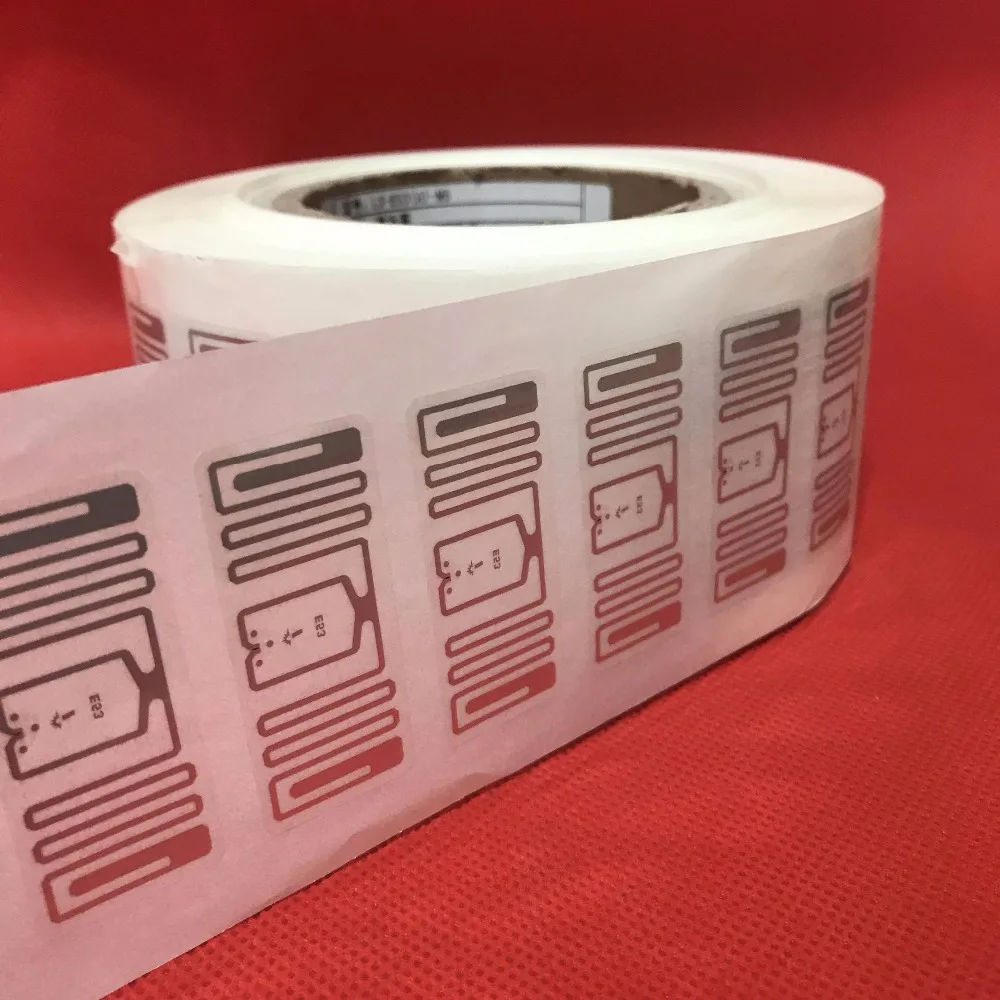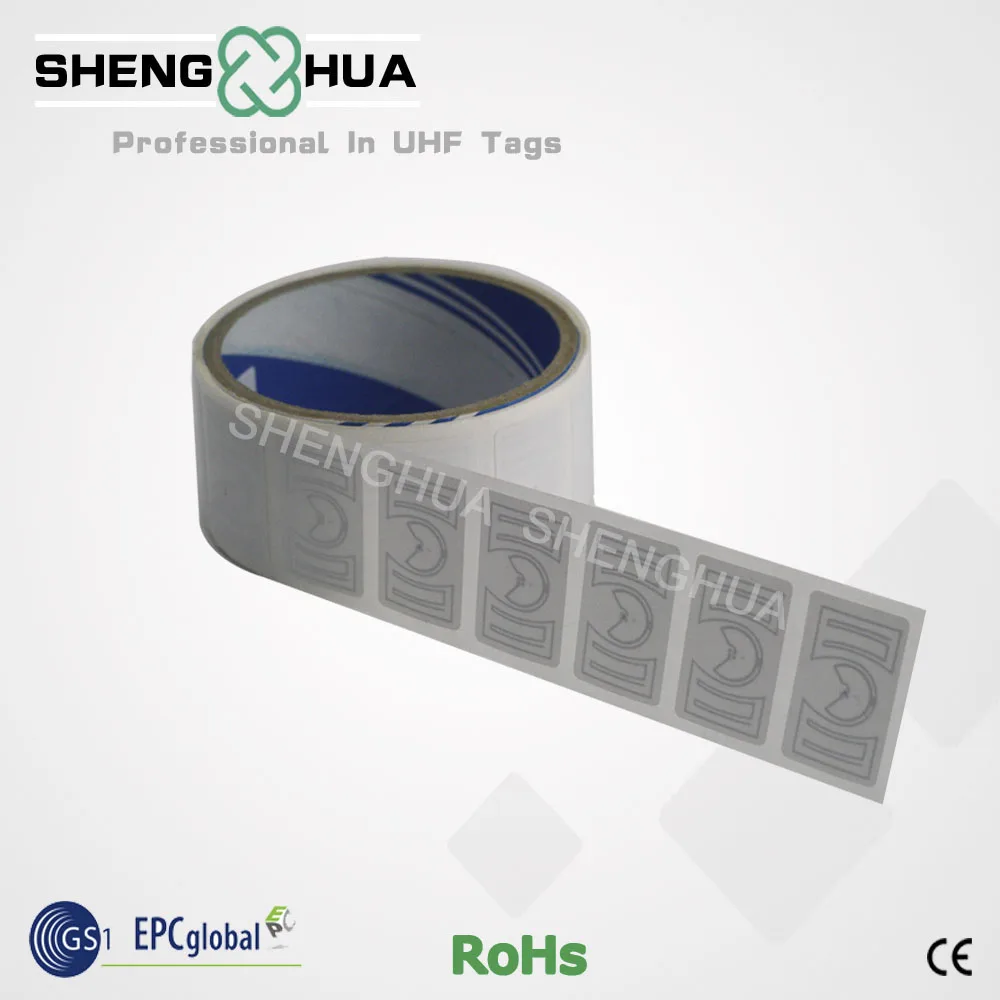

The initial device was passive, powered by the interrogating signal, and was demonstrated in 1971 to the New York Port Authority and other potential users. Mario Cardullo's device, patented on January 23, 1973, was the first true ancestor of modern RFID, as it was a passive radio transponder with memory. An early work exploring RFID is the landmark 1948 paper by Harry Stockman, who predicted that "Considerable research and development work has to be done before the remaining basic problems in reflected-power communication are solved, and before the field of useful applications is explored." Transponders are still used by most powered aircraft. Similar technology, such as the Identification friend or foe transponder, was routinely used by the Allies and Germany in World War II to identify aircraft as friendly or hostile. Even though this device was a covert listening device, rather than an identification tag, it is considered to be a predecessor of RFID because it was passive, being energised and activated by waves from an outside source. Sound waves vibrated a diaphragm which slightly altered the shape of the resonator, which modulated the reflected radio frequency. In 1945, Léon Theremin invented the "Thing", a listening device for the Soviet Union which retransmitted incident radio waves with the added audio information. See also: History of radar FasTrak, an RFID tag used for electronic toll collection in California The market value is expected to rise from US$12.08 billion in 2020 to US$16.23 billion by 2029. This figure includes tags, readers, and software/services for RFID cards, labels, fobs, and all other form factors. In 2014, the world RFID market was worth US$8.89 billion, up from US$7.77 billion in 2013 and US$6.96 billion in 2012. These concerns resulted in standard specifications development addressing privacy and security issues. Since RFID tags can be attached to physical money, clothing, and possessions, or implanted in animals and people, the possibility of reading personally-linked information without consent has raised serious privacy concerns. Tags can also be used in shops to expedite checkout, and to prevent theft by customers and employees. For example, an RFID tag attached to an automobile during production can be used to track its progress through the assembly line, RFID-tagged pharmaceuticals can be tracked through warehouses, and implanting RFID microchips in livestock and pets enables positive identification of animals. RFID is one method of automatic identification and data capture (AIDC). Unlike a barcode, the tag does not need to be within the line of sight of the reader, so it may be embedded in the tracked object. Active tags are powered by a battery and thus can be read at a greater range from the RFID reader, up to hundreds of meters. Passive tags are powered by energy from the RFID reader's interrogating radio waves. This number can be used to track inventory goods.


When triggered by an electromagnetic interrogation pulse from a nearby RFID reader device, the tag transmits digital data, usually an identifying inventory number, back to the reader. An RFID system consists of a tiny radio transponder, a radio receiver and transmitter. Radio-frequency identification ( RFID) uses electromagnetic fields to automatically identify and track tags attached to objects.


 0 kommentar(er)
0 kommentar(er)
